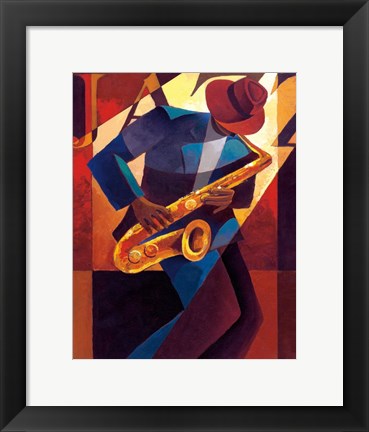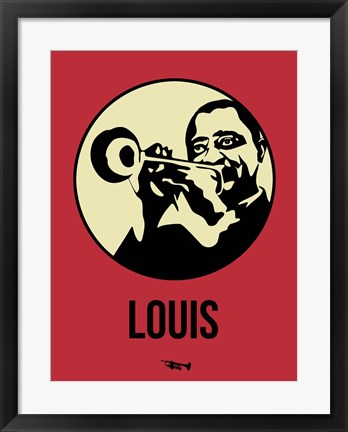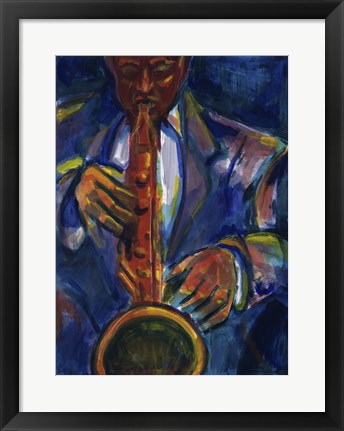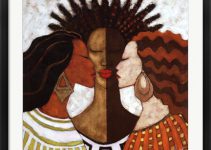We’re celebrating Christmas in July this week, but we get it. You’re not actually going to re-hang your stockings and get that mistletoe back into action. As an alternative, we recommend playing a different kind of music, and decorating with some Harlem Jazz art! This post will explore our favorite Harlem Jazz art from saxophones to lead singers. And just a hint: even though you leave the stockings put away, we argue that it’s never a bad time for a good Christmas cookie!
The Harlem Renaissance and Harlem Jazz
The epicenter of the Harlem Renaissance was exactly where you would guess: Harlem. In the early 1900s, the Harlem neighborhood in New York City grew and developed. The growth of Harlem included a blossoming center of African American culture. Harlem attracted artists from all over the wider area, resulting in a boom of new music, literature and performance. The height of the Harlem Renaissance lasted from the 1910s to the 1930s. During that time, many iconic players gifted the world with Harlem Jazz.
We can hardly imagine living in an era where Louis Armstrong, Duke Ellington, Fatts Waller and Bessie Smith played regularly in New York’s speakeasies. Audiences from far outside the Harlem neighborhood flocked to their shows, eager for a fresh new sound.
Art inspired by this iconic era stands out as bold and bright, reflecting the vibrance of Harlem Jazz music. The artists of the height of Harlem Jazz ae so well known, they hardly need a label, let alone a last name. This print, Louis 2, proves our point!
A Fusion of Traditions, A New Experience
The Harlem Renaissance centered round giving a voice to the experience of African Americans in the city of New York, and the country as a whole. The result was a fusion of African and European musical traditions. Woven into the fabric of Harlem Jazz were slave work songs, religious fold songs from the heart of Black America, blues, and ragtime. Jazz music emerged out of the celebration of the end of slavery, but also out of the struggle for actual equity.
Harlem Jazz reflected less of a lament, and more of an explosion of cultural pride. African American artists and audiences were ready for a prominent rebirth of Black culture. Musically, Jazz shirked the conventional sounds of the age and brought improvisation and syncopation into the spotlight. With the promise that no two performances would ever be the same, audiences flocked to hear the talented, innovative Jazz artists of Harlem.
Harlem Jazz art reflects the innovation and newness of this era, and the flexibility of sound it produced. Just one look at Sweet Charlie Played by Gil Mayers and you can feel the creativity of sound.
Harlem Jazz Setting the Stage for Civil Rights
The hardships faced by African Americans in the Deep South continued in the urban North. The Harlem Renaissance provided a stage for many gifted musicians and performers. These artists shaped the new, emerging African American culture, and strengthened its roots. White America took notice, and saw the pride and strength of the Black experience in America. The stage was officially set for the Civil Rights Movement.
Harlem Jazz is intimately linked to the struggle for social justice faced by Black Americans in the 1950s, and still, today. The Civil War officially abolished slavery, but systemic racism continues to pervade American society. Jazz served as an empowering force in the fight for civil rights. We are still fighting that fight today.
Harlem Jazz art reminds us of the iconic performers of early 20th-century jazz. May it also remind us of the work we have left to do.







